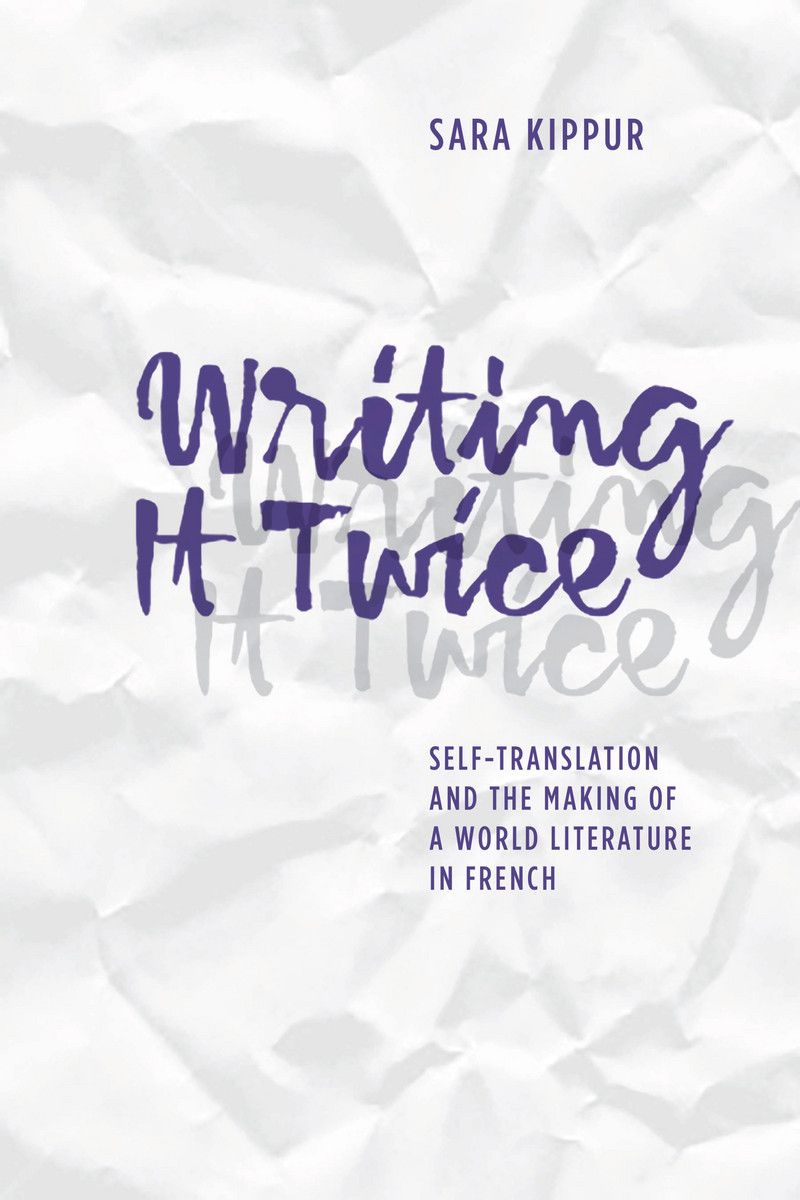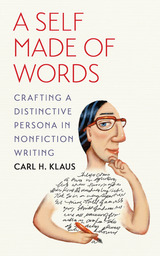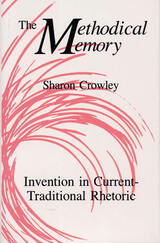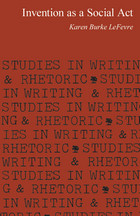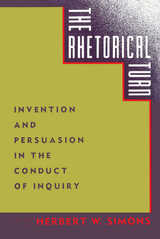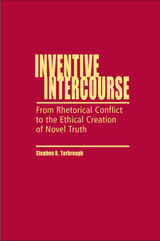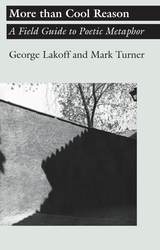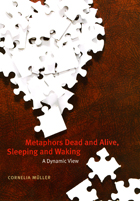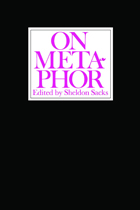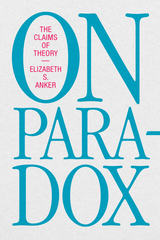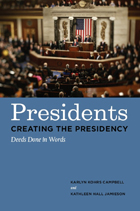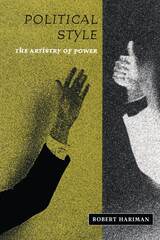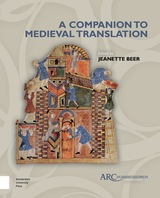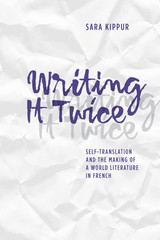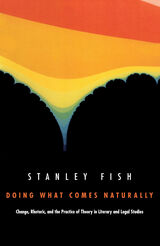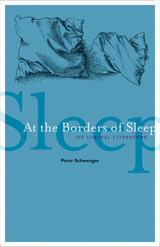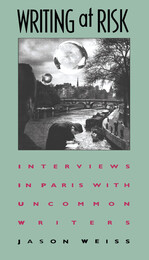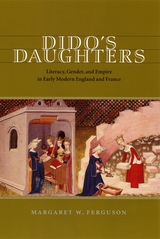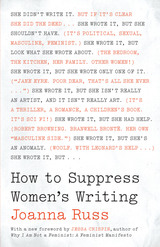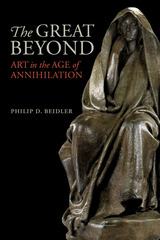Paper: 978-0-8101-3205-4 | eISBN: 978-0-8101-3206-1 | Cloth: 978-0-8101-3204-7
Library of Congress Classification PN241.K54 2015
Dewey Decimal Classification 418.04
Though the practice of self-translation long predates modernity, it has found new forms of expression in the global literary market of the late twentieth and early twenty-first century. The international renown of self-translating authors Samuel Beckett, Joseph Brodsky, and Vladimir Nabokov has offered motivation to a new generation of writers who actively translate themselves.
Intervening in recent debates in world literature and translation studies, Writing It Twice establishes the prominence and vitality of self-translation in contemporary French literature. Because of its intrinsic connection to multiple literary communities, self-translation prompts a reexamination of the aesthetics and politics of reading across national lines. Kippur argues that self-translated works should be understood as the paradigmatic example of world literature and, as such, crucial for interpreting the dynamics of literary circulation into and out of French.
See other books on: French literature | Literature, Modern | Multilingualism | Translations | World Literature
See other titles from Northwestern University Press
